|
In light of many schools starting the year virtually, I have updated this post with downloadable videos and animated GIFs playing out the different games to share with students instead of the physical materials.
Click HERE to jump to these Virtual Materials
The Set Up
The Task
I typically introduce the task with an opening like this:
"This board game was recently discovered in the back room but there weren't any instructions in the box so we don't know how to play. Luckily, we have a recorded history of 4 different games that were played by players that knew the rules. From these example games, I need you to recreate the list of rules so that we have something to add to the box for the next people that want to play"
After deciphering the games that were provided, each group was asked to write out the rules in as much detail as they could to reference when we compared notes together as a class.
Here are some examples of the rules that my students came up with:
The Follow Up
Groups will naturally finish their rules at different times. I usually encourage them to explore more specific scenarios in their rules but once they have something that is pretty complete, I let them play the game themselves a few times as the rest of the class is finishing up.
Once we came back together as a group, we added to our "Official Classroom Rules" document by each group sharing a rule one at a time until we didn't have anything new left to add. As we went through, different groups realized that the games that they had didn't necessarily represent every possible scenario that would require a rule and we also had some awesome conversations about how we determine if something is a rule or just a common occurrence brought about by the objective.
Ultimately, I close this task by bring the conversation back to how this process resembles the process of science, and more specifically, physics. In physics, the laws of nature were never provided as a list of rules or equations that were just written down somewhere. Instead, the "rules" that we discuss were formulated by observing how nature operates.
Next Steps
There are 4 other games without rules like this one included in David Maloney's post about "Learning the 'Game' of Science". The one that this is based off of is called "SciGame Delta". I found the other ones to be considerably more difficult and, honestly, I wasn't able to completely make sense of any of the others in the time that I spent exploring them. This doesn't mean the the students couldn't do it though. In fact, it could make it that much more exciting of a challenge. :)
Files
This file contains the game board, game pieces, and the records of 4 different games. I printed out the game pieces of red and yellow paper to match with the Y and R designations on the game records but it isn't necessary to figure out the game play.
Virtual Classroom Materials
To make this activity possible in a virtual setting, I put together some high quality animations of the 4 games recorded above. These videos or animated GIFs can be shared with students or groups to make observations and determine the rules of the game. I prefer the tactile exploration from the game histories but this is better than nothing :)
Other Introductory/Teambuilding Tasks
Comments
|
Joe CossetteFather, Physics Teacher, Knowles Fellow, Friend, Techie, and Musician Blog Posts |
|||||||||||||||||||||||||||||||||||||||||||||||||

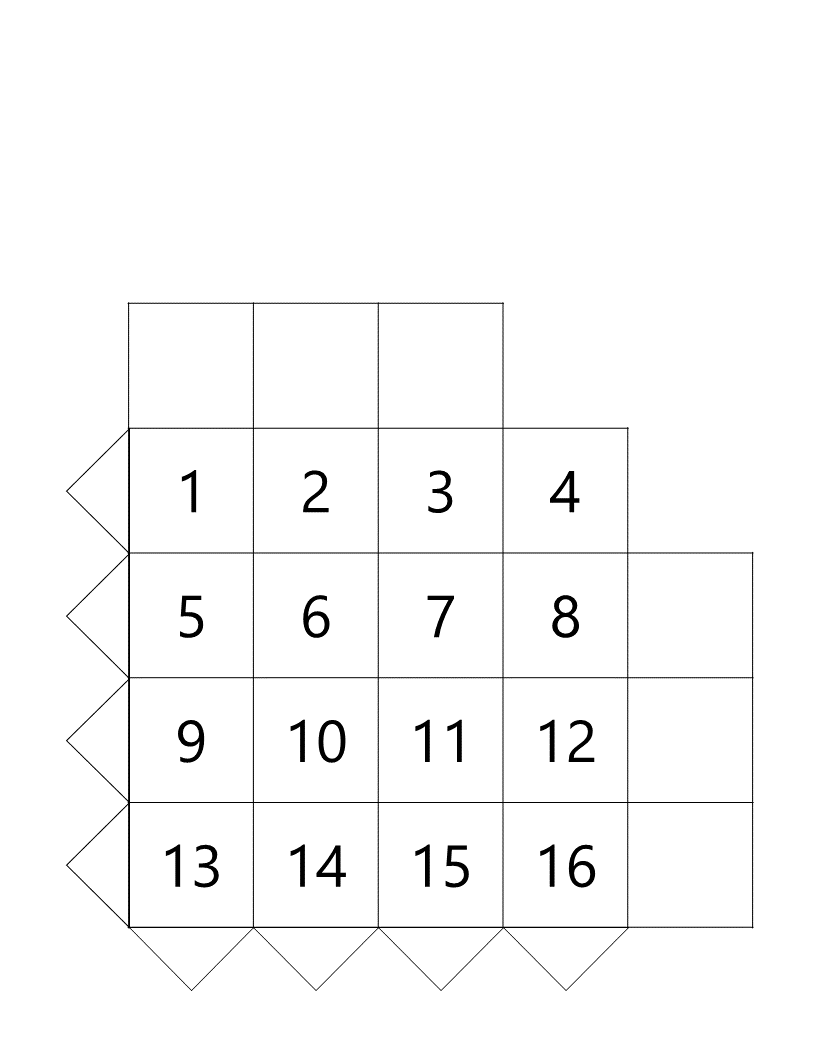

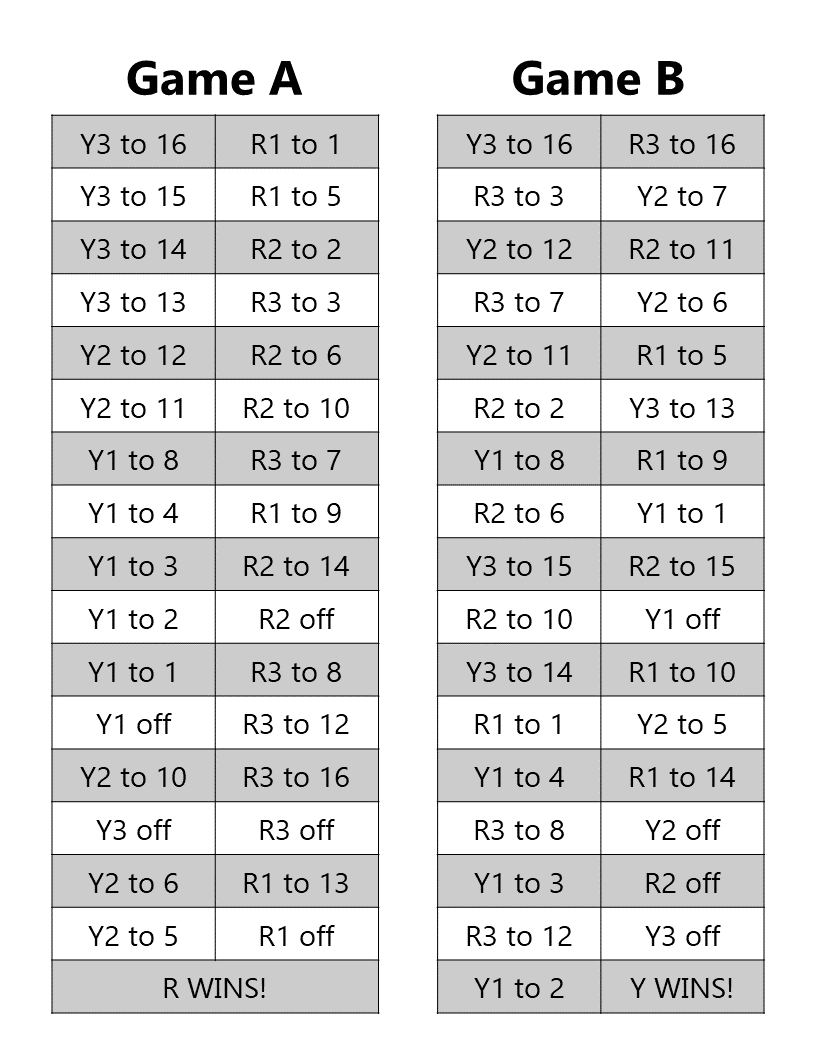

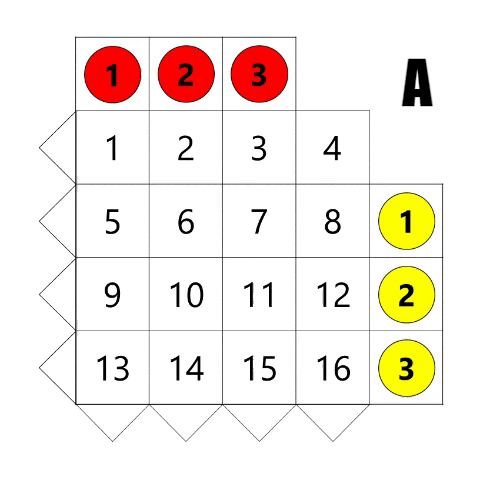


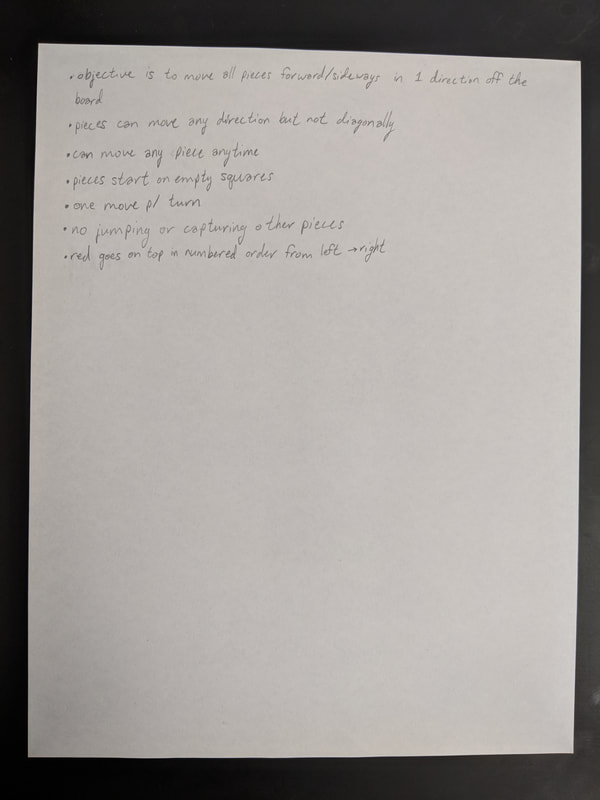
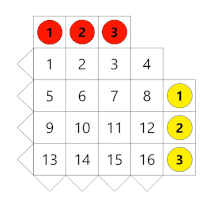

 RSS Feed
RSS Feed

